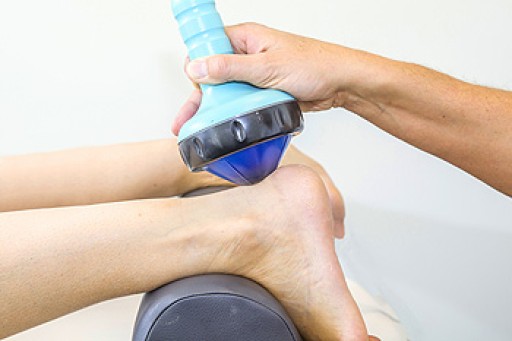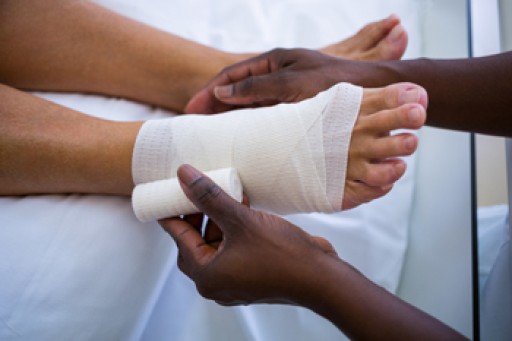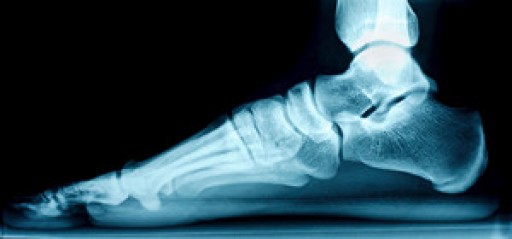 Many people suffer from sore feet at the end of the day. This can be a result of standing and walking for most of the day, or it may happen from wearing shoes that do not fit correctly. Many people overlook the health of the feet, and it is beneficial to frequently practice stretches that can enhance foot and body performance. Yoga poses can target the feet, and specific stretches can improve mobility and range of motion. The top of the feet can be stretched by performing a child's pose, and tension in the body is often released. The heel and Achilles tendon can be stretched by using a scarf that is wrapped around the feet. This is done while in a sitting position, and the feet are gently pulled toward you. The plantar fascia can be effectively stretched while kneeling back on the toes. As this is done, the bottom of the foot generally feels the complete stretch. If you would like additional information about the benefits of stretching the feet through yoga poses, please consult with a podiatrist who can determine which stretches are best for you.
Many people suffer from sore feet at the end of the day. This can be a result of standing and walking for most of the day, or it may happen from wearing shoes that do not fit correctly. Many people overlook the health of the feet, and it is beneficial to frequently practice stretches that can enhance foot and body performance. Yoga poses can target the feet, and specific stretches can improve mobility and range of motion. The top of the feet can be stretched by performing a child's pose, and tension in the body is often released. The heel and Achilles tendon can be stretched by using a scarf that is wrapped around the feet. This is done while in a sitting position, and the feet are gently pulled toward you. The plantar fascia can be effectively stretched while kneeling back on the toes. As this is done, the bottom of the foot generally feels the complete stretch. If you would like additional information about the benefits of stretching the feet through yoga poses, please consult with a podiatrist who can determine which stretches are best for you.
Stretching the feet is a great way to prevent injuries. If you have any concerns with your feet consult with one of our podiatrists from Lewis Wolstein, DPM, P.C. & Associates. Our doctors will assess your condition and provide you with quality foot and ankle treatment.
Stretching the Feet
Being the backbone of the body, the feet carry your entire weight and can easily become overexerted, causing cramps and pain. As with any body part, stretching your feet can serve many benefits. From increasing flexibility to even providing some pain relief, be sure to give your feet a stretch from time to time. This is especially important for athletes or anyone performing aerobic exercises, but anyone experiencing foot pain or is on their feet constantly should also engage in this practice.
Great ways to stretch your feet:
- Crossing one leg over the others and carefully pull your toes back. Do 10-20 repetitions and repeat the process for each foot
- Face a wall with your arms out and hands flat against the wall. Step back with one foot and keep it flat on the floor while moving the other leg forward. Lean towards the wall until you feel a stretch. Hold for 30 seconds and perform 10 repetitions for each foot
- Be sure not to overextend or push your limbs too hard or you could risk pulling or straining your muscle
Individuals who tend to their feet by regular stretching every day should be able to minimize foot pain and prevent new problems from arising.
If you have any questions, please feel free to contact our office located in Co-Op City, NY . We offer the newest diagnostic and treatment technologies for all your foot care needs.











